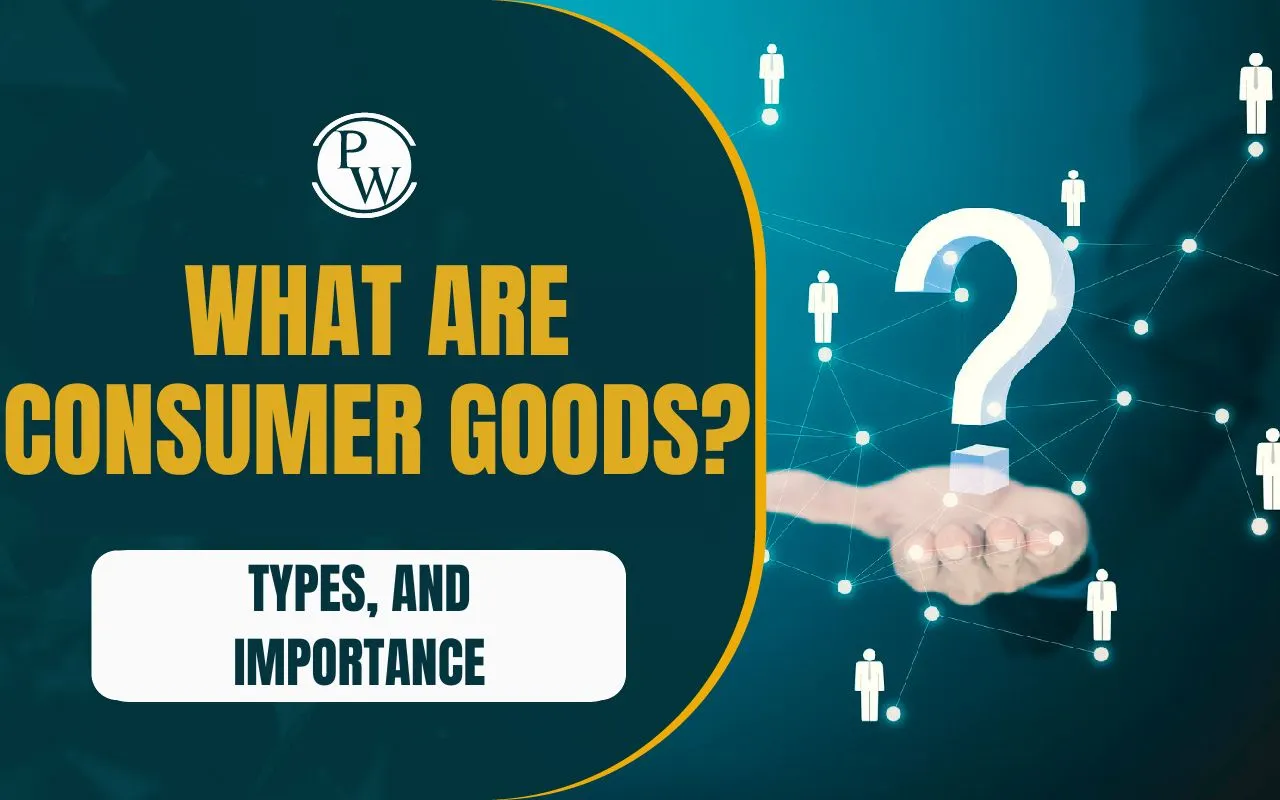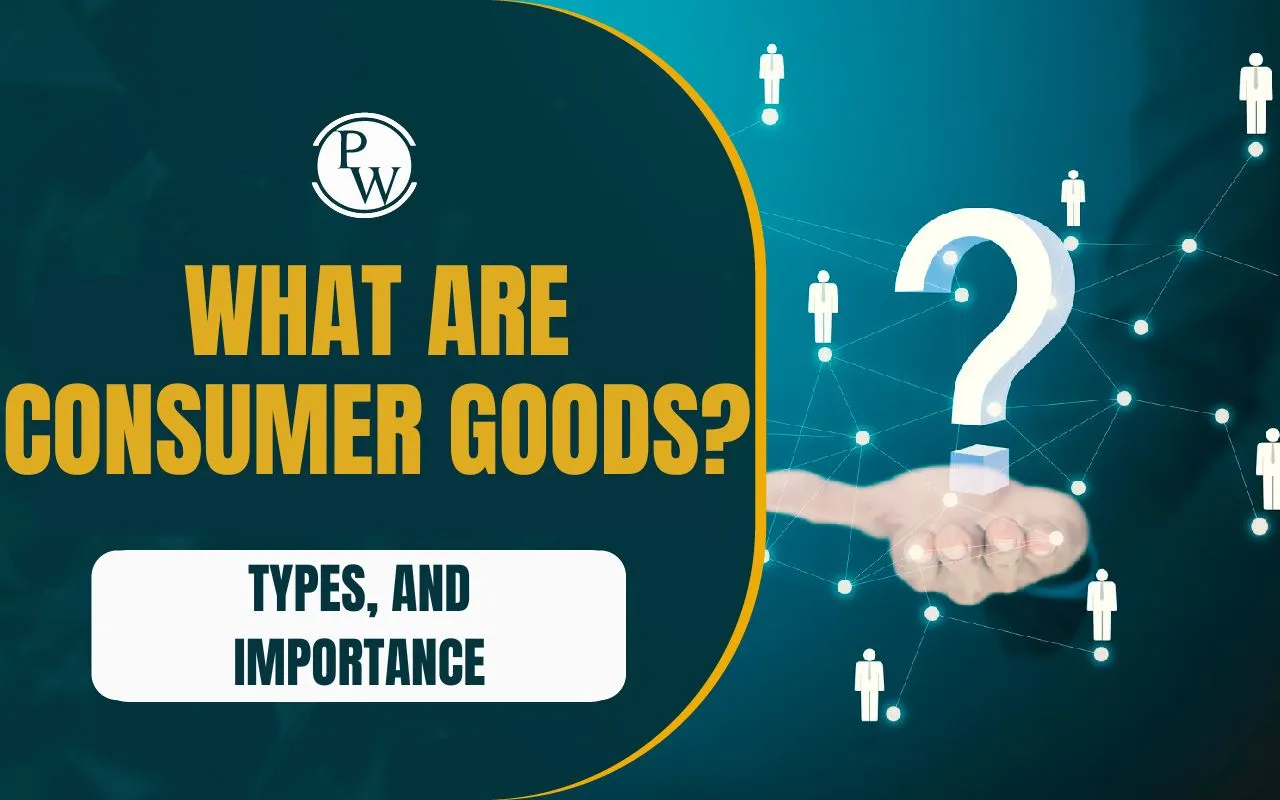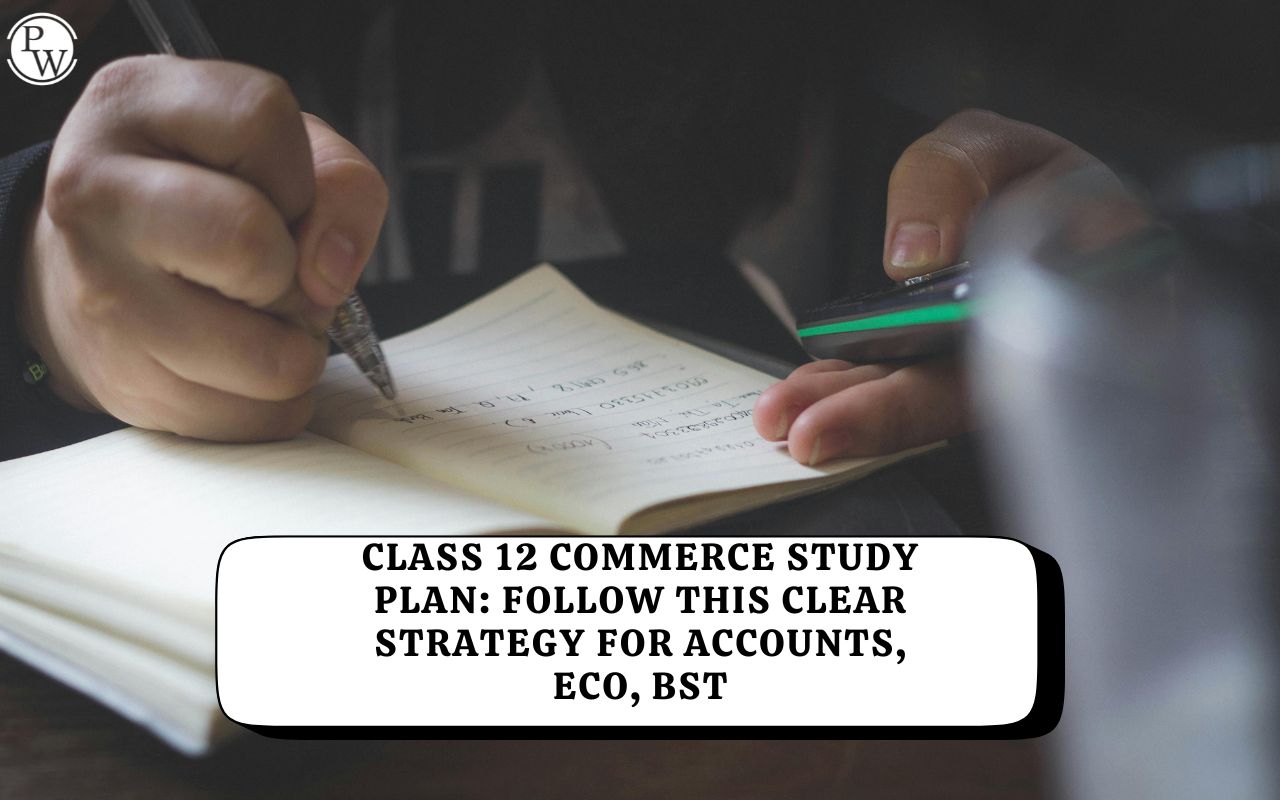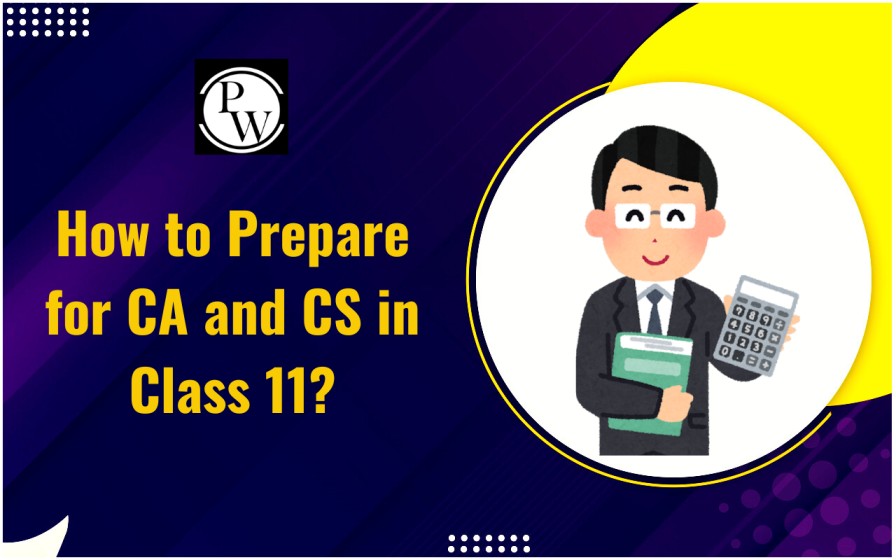

Consumer goods are an essential component of the economy, forming the final products that individuals buy for their direct consumption. These goods range from everyday necessities to luxury items and have a direct impact on purchasing behavior and market trends. This detailed guide will help you understand what consumer goods are, their various types, how they differ from producer goods, and their importance in the economy.
What Are Consumer Goods?
Consumer goods are tangible commodities that are produced and purchased to satisfy the current wants and needs of consumers. They are the final output of the production and manufacturing process, often referred to as final goods. Unlike capital goods, which businesses use to produce other goods, consumer goods are ready for direct consumption.
These goods are available in shopping malls, supermarkets, and retail stores, making them easily accessible to consumers. Common examples of consumer goods include food, clothing, electronics, appliances, vehicles, furniture, and mobile phones.
Examples of consumer goods:
- Food and beverages
- Clothing and footwear
- Electronics and mobile phones
- Automobiles and home appliances
- Furniture
Consumer goods are contrasted with capital or producer goods, which are used by businesses to create other goods or services.
Types of Consumer Goods
Consumer goods can be classified into three main categories:
1. Durable Goods
Durable goods are products that have a long lifespan, typically lasting more than three years. These goods do not wear out quickly and can be used multiple times.
Examples of Durable Goods:
Household appliances (refrigerators, washing machines)
Furniture (tables, chairs, sofas)
Automobiles (cars, bikes)
Electronic devices (mobile phones, laptops)
2. Non-Durable Goods
Non-durable goods, also known as consumables, are those products that are used up immediately or within a short period. These goods typically last anywhere from a few minutes to three years.
Examples of Non-Durable Goods:
Food and beverages (vegetables, milk, snacks)
Clothing and footwear
Gasoline and fuel
Personal care items (shampoo, soap, toothpaste)
A key difference between durable and non-durable goods is that durable goods can be rented or purchased, while non-durable goods are usually consumed upon purchase.
3. Services
Though services are not tangible like goods, they are still considered consumer products as they provide direct benefits to consumers.
Examples of Consumer Services:
Haircuts and beauty treatments
Healthcare and medical services
Education and tuition services
Travel and hospitality services
Classification of Consumer Goods Based on Buying Behavior
Consumer goods can also be categorized based on consumer purchasing habits. These include:
1. Convenience Goods
These are everyday items that consumers purchase frequently and with minimal effort. They are widely available and do not require much decision-making before buying.
Examples:
Newspapers and magazines
Grocery items
Soap and toiletries
Packaged snacks
Key Characteristics of Convenience Goods:
Below we've mentioned the characterstics of Convenience Goods:
Purchased frequently: Consumers buy these products regularly as part of their routine.
Easily available: They are stocked in supermarkets, convenience stores, online platforms for easy access.
Low price: Convenience Goods are generally inexpensive, so consumers do not hesitate while purchasing.
Minimal comparison with alternatives: Since these products are purchased out of habit, consumers do not compare brands extensively.
2. Shopping Goods
Shopping for goods requires consumers to invest time in comparing different options before making a purchase. These goods are typically higher in value and are available through selected retail channels.
Examples:
Clothing and fashion accessories
Home appliances
Electronics (laptops, mobile phones)
Furniture
Key Characteristics of Shopping Goods:
Below we've mentioned the characterstics of Shopping Goods:
Consumers compare price, quality, and features: Buyers consider multiple factors, including durability, brand reputation, and price before making a choice.
Not purchased frequently: Since Shopping goods are more expensive, they are purchased less often than Convenience Goods.
Available through selected outlets: These products are not found in every store but in specialized stores or brand specific outlets.
3. Specialty Goods
Specialty goods are unique products with strong brand identities, and consumers are willing to make special efforts to purchase them. These products often have a loyal customer base.
Examples:
Luxury cars (Mercedes, BMW)
Designer clothing (Gucci, Louis Vuitton)
High-end watches (Rolex, Omega)
Key Characteristics of Specialty Goods:
Below we've mentioned the characterstics of Specialty Goods:
Brand loyalty is strong: Consumer prefer a specific brands and do not easily switch to alternatives.
Limited availability: These products are sold in exclusive stores or through special orders.
High price: Speciality Goods are premium priced due to their exclusivity and superior quality.
Consumers are willing to travel for purchase: Buyers are ready to to visit distant locations or wait for availability to get their preferred product.
4. Unsought Goods
These are products that consumers do not actively seek but may need at some point. Due to their nature, they require significant marketing efforts.
Examples:
Life insurance
Fire extinguishers
Emergency medical supplies
Key Characteristics of Unsought Goods:
Below we've mentioned the characterstics of Unsought Goods:
Consumers are unaware or uninterested until needed: Many buyers do not recognize the need of these products until a specific situation demands them.
Requires heavy marketing and promotions: Companies use advertising, direct sales, and personal selling to create demand of these products.
Not frequently purchased: Unlike Convienience or Shopping Goods, unsought goods are purchased rearely or only when necessary.
Daily Use Consumer Goods List
Consumers use a variety of goods daily. Here are some commonly used consumer products:
Toothpaste and toothbrush
Soap and shampoo
Clothes and footwear
Mobile phones
Bags and accessories
Home appliances
Eatables and beverages
Difference Between Consumer Goods and Producer Goods
While consumer goods are meant for personal consumption, producer goods (also called capital or intermediate goods) are used in production processes.
| Difference Between Consumer Goods and Producer Goods | ||
| Feature | Consumer Goods | Producer Goods |
| Purpose | Purchased for personal use | Used for producing other goods |
| Example | Food, clothes, electronics | Machinery, raw materials, tools |
| Lifespan | Short to long-term | Generally long-term |
| Inclusion in GDP | Included in GDP calculations | Not directly included to avoid double counting |
Example:
A car purchased for personal use is a consumer good.
A car purchased by a taxi company to generate income is a producer good.
Why Are Consumer Goods Important to the Economy?
Consumer goods play a crucial role in driving economic activities. Their production, distribution, and consumption affect various aspects of the economy.
1. Influence on Consumer Spending Consumer spending is a major component of overall economic demand. High consumption levels lead to increased production, employment, and business revenues.
2. Encourages Business Expansion As demand for consumer goods rises, businesses invest in production facilities, marketing strategies, and innovation, thereby contributing to economic expansion.
3. Drives Retail and Wholesale Sectors Retail chains and wholesale markets thrive on the continuous movement of consumer goods. This, in turn, supports logistics and warehousing industries.
4. Impacts Inflation and Pricing Trends Shifts in consumer demand influence product pricing and can lead to inflationary or deflationary trends. Government policies may also be adjusted in response to consumer spending patterns.
Consumer goods are essential to our daily lives and influence the economy. Whether durable or non-durable, convenient or luxurious, these goods shape purchasing behaviors and business strategies. Understanding consumer goods helps businesses design better marketing approaches while allowing consumers to make informed purchasing decisions.
Join PW Commerce Online Course and unlock your potential with quality education and dedicated learning support.
What are Consumer Goods FAQ
What are consumer goods?
How are consumer goods classified?
How do consumer goods differ from producer goods?













